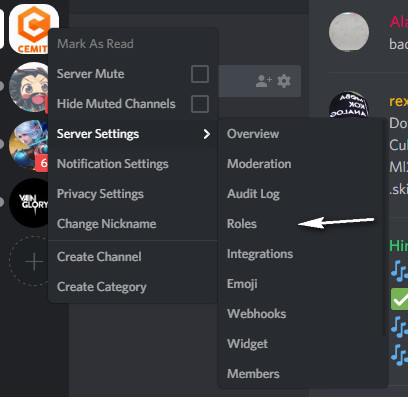
You can get pretty granular with these permissions, all the way down to determining who can use external emojis! As a general rule, give each person the lowest level of permissions they need to fulfill their role. Use the roles you’ve created to set channel permissions. You can restrict access by making it a private channel.Ĭreate a channel specifically for conversations and notifications related to moderation. Channel permissionsīy default, everyone has the same basic permissions (write and read messages, etc.) when you create a new public channel. Some (like “Change Nickname”) are totally unnecessary but can serve as a fun way to give volunteers a little extra freedom. You can certainly include additional permissions depending on your specific community’s needs.



The added step of needing to sign up for the conference was likely a deterrent for trolls who would have seen an event by and for women in tech as a target. At the same time, only those registered attendees received an invitation to the Discord server. The video was public and anyone could watch live along with registered attendees. The organizers ( Rachel Nabors, Sara Vieira, Jenn Creighton, and Kevin Lewis) used a combination of YouTube for streaming and Discord for community engagement which worked really well and allowed for a ton of customization. Women of React was my first online conference of 2020. It’s also good for organizing conversations around specific topics or events! Using Discord It was originally created for gaming communities, its voice chat making it a great option for staying in sync during cooperative play. In case you’re unfamiliar, Discord is a messaging app similar in many ways to Slack.


 0 kommentar(er)
0 kommentar(er)
